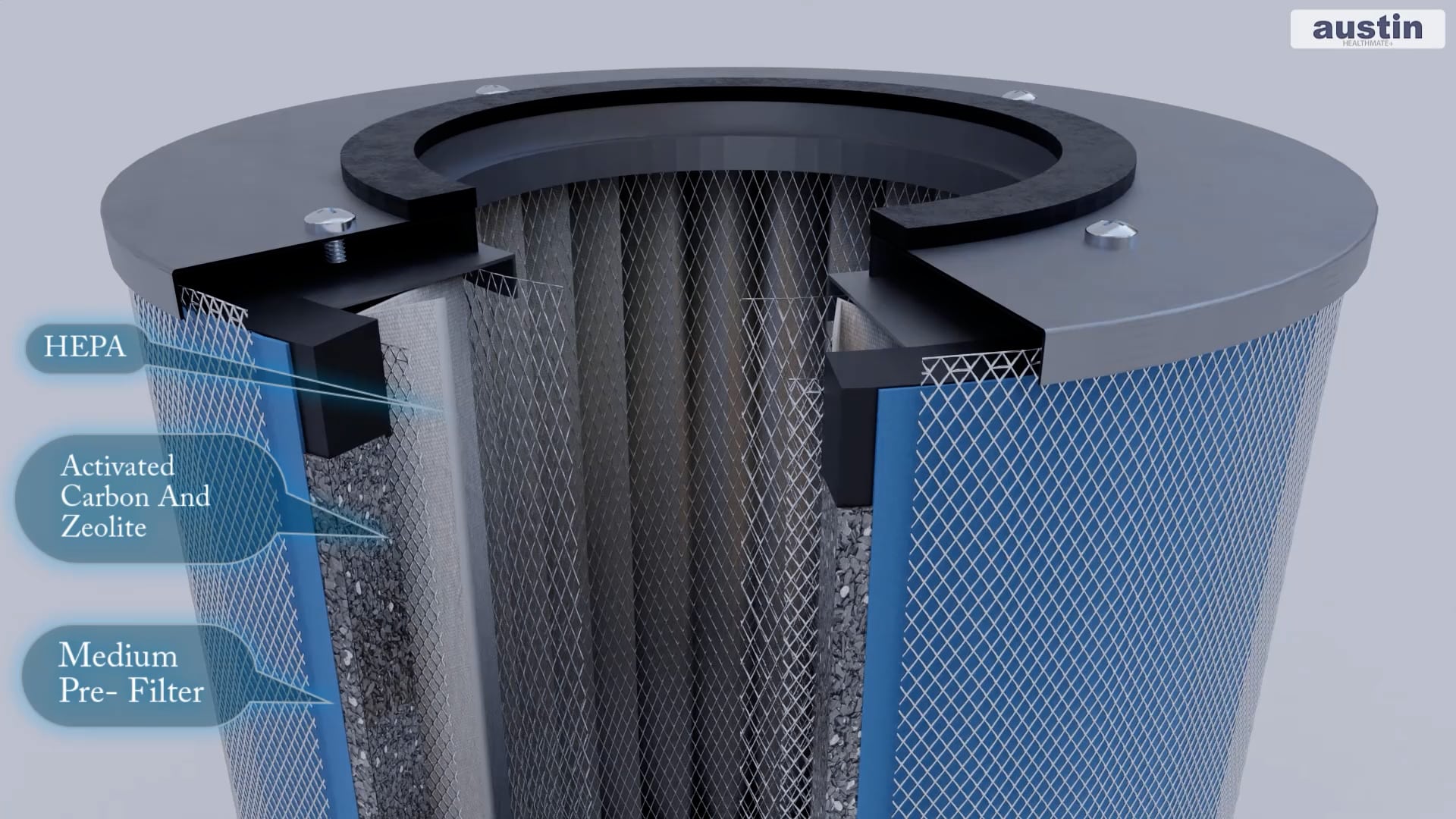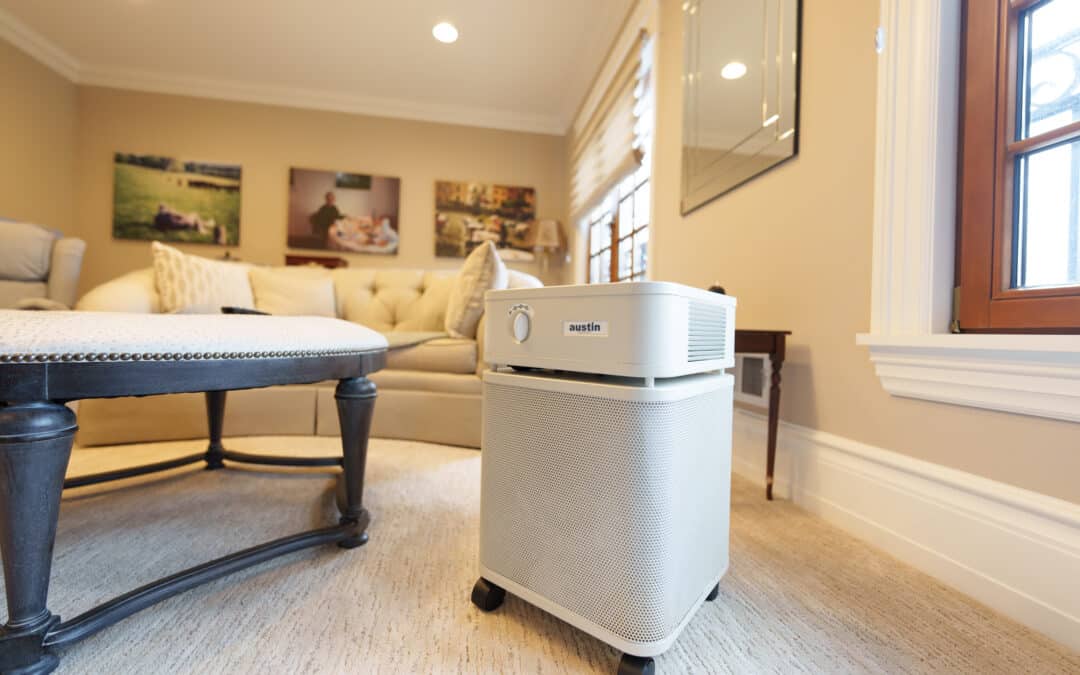You may have seen or heard them quietly humming in the corner of doctors offices, hotel lobbies, waiting rooms and or schools. They are built to be low profile and unassuming, but their work is said to be quiet powerful. Many air purifiers claim to help people with allergies, limit the spread of viruses and remove air contaminants by incorporating medical grade technology in order to “clean the air”, but do they actually work or are they giving us a false sense of security? We will explore how air purifiers work and whether it’s worth investing in one for yourself and your family.
How Do Air Purifiers Work?
Air purifiers use different methods to clean the air. The most common are:
- HEPA filters: Trap tiny particles like dust, pollen, and pet dander.
- Activated carbon: Absorbs odors and some chemicals.
- UV-C light: Kills germs like bacteria and viruses.
- Ionizers: Charge particles so they stick to surfaces or filters.
Each technology tackles specific pollutants. For example, HEPA filters are excellent at catching allergens, while activated carbon helps with smells. UV-C light destroys microorganisms.

Types of Pollutants Targeted by Air Purifiers
Air purifiers are designed to remove different kinds of pollutants:
- Particulate matter: Dust, pollen, pet dander, and smoke particles.
- Volatile Organic Compounds (VOCs): Chemicals from paints, cleaning products, and furniture.
- Odors: Cooking smells, pet odors, smoke.
- Microorganisms: Bacteria, viruses, mold spores.
What Does the Research Say?
Many studies show air purifiers can improve indoor air quality. In peer-reviewed research, HEPA filters consistently reduce airborne particles. For example, a study published in the Journal of Allergy and Clinical Immunology found that HEPA purifiers lowered dust and pollen levels in homes. It conclude that air purifiers help reduce allergen exposure and improve breathing for allergy sufferers.
Air Purifers In the Home
Air purifiers can cut down allergens like pollen, pet dander, and dust mites, easing allergy symptoms. For people with asthma or respiratory issues, cleaner air means fewer flare-ups. They can make a noticeable difference, especially in bedrooms or living rooms. One study posted by the National Institute of Health finds that size and placement make a big difference on their effectiveness. It suggested that HEPA based air purfiers are more effective if placed in various rooms vs one for an entire residence.
Air Purfiers in the Workplace and Healthcare Facilities
Commercial offices with improved air quality often see better productivity and fewer sick days. Adding air purifiers helps keep air cleaner amid crowded desks or shared spaces. Some companies now install high-efficiency purifiers to support employee health. Hospitals and clinics rely on medical-grade air purifiers. They help reduce spreading infections and keep the environment sterile. Air purifiers are vital in operating rooms and isolation areas to control airborne bacteria and viruses.
Common Limitations of Air Purifiers
Air purifiers help, but aren’t magic. Their effectiveness depends on a few things.
- Room size: Small units can’t handle large rooms.
- Placement: Incorrect positioning limits effectiveness.
- Maintenance: Dirty filters reduce performance.
- Ozone production: Some models release ozone, which can worsen air quality.
Always choose a device suited to your space and needs.
Choosing the right Air Purifier for Your Home
Look for these when shopping:
- Match the purifier’s CADR (Clean Air Delivery Rate) to your room size.
- Check for research from groups like the EPA.
- Consider noise levels; quieter is better for bedrooms.
- Think about energy use and long-term costs for filter replacements.
Air Purifiers Are NOT a Catch All
Air purifiers can’t remove all toxins. They do not eliminate outdoor pollution or chemicals that linger in fabrics and furniture. Always address the foundation of air quality problems through proper cleaning and potential duct work infiltration.
Conclusion and Recommendation
Air purifiers can genuinely improve indoor air quality. They are especially useful for reducing allergens and airborne germs, but they’re not a cure-all. Picking the right model, maintaining it properly, and combining it with good habits along with a proper HVAC make a big difference.
We recommend room air purifiers as a simple, effective way to breathe easier at home or work. We have partnered with Austin Air Systems to provide you with a reliable option. Austin Air uses “Medical Grade high efficiency particulate air filter (HEPA) technology proven to remove up to 99.97% of all airborne contaminants down to .3 microns and 99% of all airborne contaminants down to .1 microns. This includes viruses*, bacteria, dust, dander and allergens. The carbon blend used in this filter will also effectively remove chemicals, gases, VOCs, and odors. The EPA determined the most-effective air purifiers are those that use a combination of both HEPA and Carbon. Austin Air uses up to 15lbs of carbon and 60 sq ft of HEPA in its filters – more than anyone in the industry.
SPECIAL OFFER FOR A FREE AIR PURIFIER
Get a FREE Austin Air, air purifier when you purchase a new multi-stage unit. Call today to book your free estimate and see if your home is the right fit!
CALL TO LEARN MORE 210-534-9911


